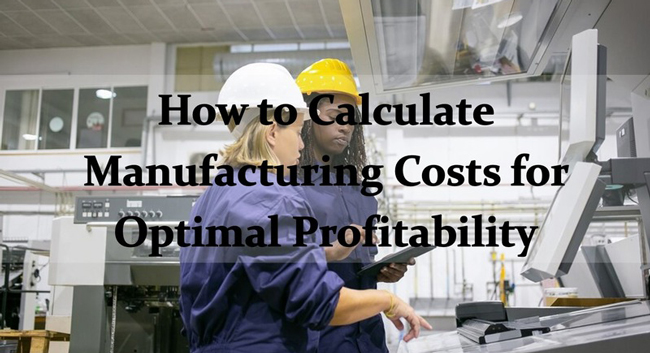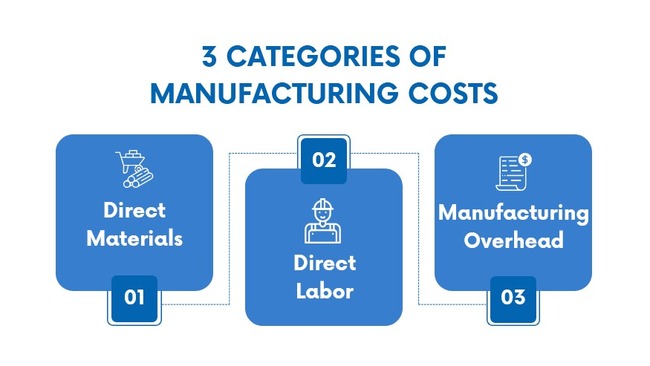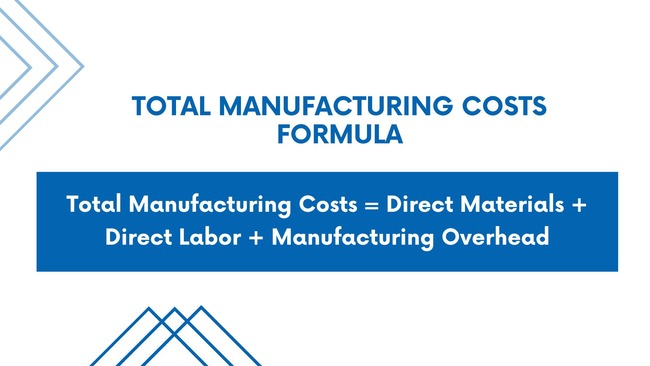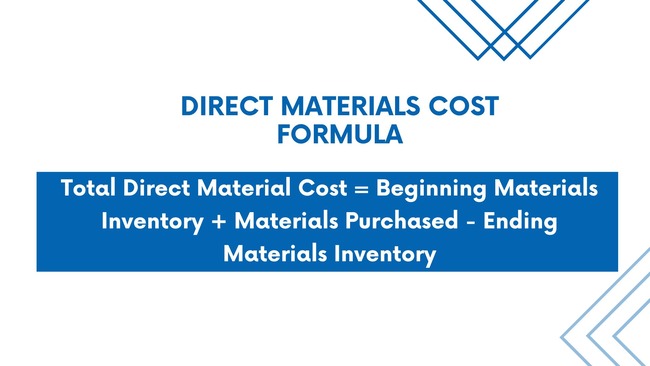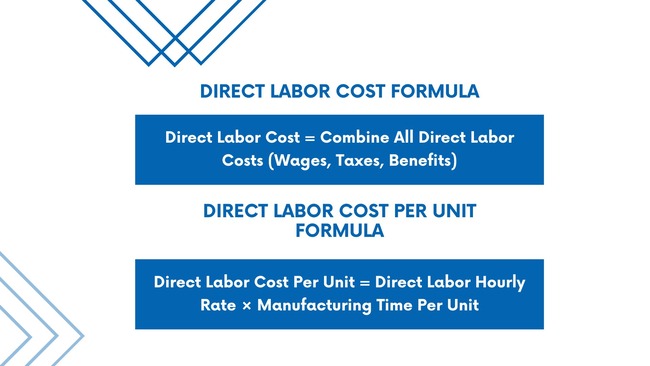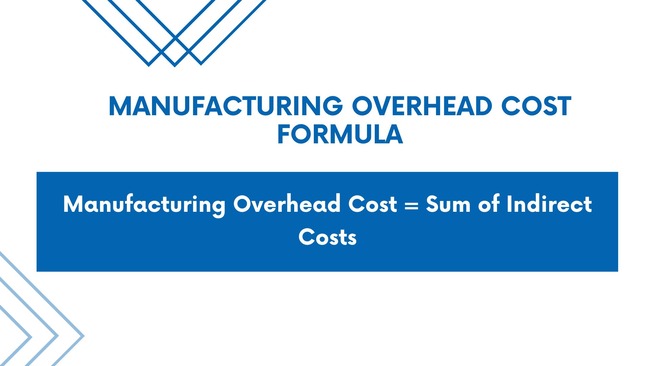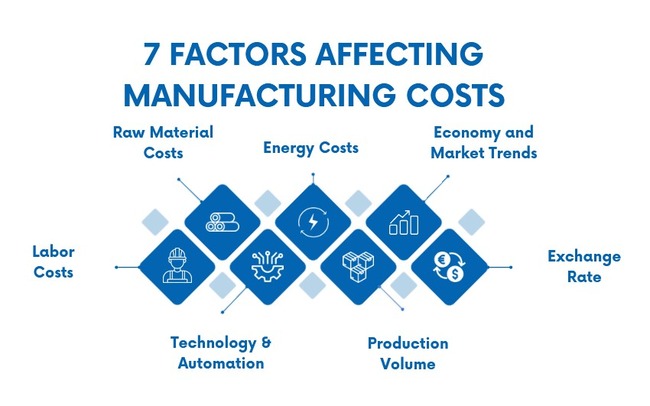A Step-by-Step Guide on How to Calculate Manufacturing Costs
- Date:
- Author: SVI Content Team
- Share:
Want to know if you have received fair prices from factories and become more competitive in the business market? Producing involves many activities to ensure the success of a production. Having a comprehensive understanding of manufacturing costs holds the key to maximizing your bottom line. It’s not just about knowing how much it costs to make a product; it’s about grasping the nitty-gritty details of those costs and their impact on the overall profitability of the business.
Learning how to calculate manufacturing costs does more good than harm. In this blog, we’ll guide you through the world of manufacturing costs. You can explore the different categories of manufacturing costs, discover the factors that shake up the costs, and learn ways to calculate total manufacturing costs. Get ready and pack your bag for the upcoming feast of knowledge.
Part 1. What Is Manufacturing Cost?
In a nutshell, manufacturing costs are all expenses incurred in the process of manufacturing a product.
1. Categories of Manufacturing Costs
These costs encompass all the resources and inputs used in manufacturing. Manufacturing costs include direct materials, direct labor and manufacturing overhead, divided into 3 categories.
1) Direct Materials
Direct materials are the raw materials that can be produced or involved as a part of the final products during manufacturing. They are direct manufacturing costs and can be traced to specific units of products being made.
Examples: Steel, rubber, plastic, wood, fabric, foam, and other materials
2) Direct Labor
This refers to the wages, benefits or payroll taxes paid to workers directly involved in the manufacturing process. These expenses are associated with the production of goods and can be easily traced to specific units of output, which are direct manufacturing costs.
Examples: Salaries, benefits and payroll taxes of assembly line workers, machine operators, and other production staff
3) Manufacturing Overhead
These are indirect manufacturing costs associated with production that cannot be easily traced to specific units of output. They support the production process as a whole rather than directly contributing to the production of individual units. Manufacturing overhead costs include the indirect labor cost, material costs or other indirect costs.
Examples: Property taxes, energy costs, utilities, rent, equipment depreciation, maintenance costs, indirect labor
2. Why do You Need to Calculate Manufacturing Cost?
Understanding how to calculate manufacturing cost is critical for businesses to get a clear picture of the product cost.
Initially, having a detailed manufacturing cost breakdown enables businesses to make informed decisions. Accurate assessment of costs per unit can let companies set competitive prices that not only cover expenses but also generate profits. Besides, it facilitates strategic cost engineering, where businesses can identify opportunities to reduce costs without compromising product quality or customer satisfaction.
Additionally, conducting cost analysis based on accurate manufacturing cost data helps businesses identify inefficiency and opportunities for improvement. By analyzing cost variances and comparing actual costs to budgeted costs, companies can pinpoint areas of higher-than-expected expenses and implement corrective measures to optimize operations.
Moreover, knowing the exact manufacturing costing is essential for developing and maintaining product Bills of Materials (BOMs). A BOM is a comprehensive list of all components, materials, and sub-assemblies used to produce a good. This helps companies develop a realistic BOM that serves as a foundation for production planning, inventory management, and cost control. Not only does it ensure that products are manufactured efficiently and cost-effectively, but it also minimizes waste and improves profitability.
Lastly, companies with a detailed cost breakdown can make accurate assessments of their manufacturing costs. They can conduct effective and strategic price negotiations with the suppliers and factories to get fair pricing. As a result, companies can align their costs with budgetary constraints and profit margins, leading to potential cost savings and a competitive advantage in the business landscape.
Part 2. How to Calculate Total Manufacturing Costs
To compute the manufacturing costs in your production, you will need to sum up the costs of direct materials, direct labor, and manufacturing overhead. Here’s the total manufacturing cost formula to help you figure up total manufacturing costs.
Total Manufacturing Costs = Direct Materials + Direct Labor + Manufacturing Overhead
But how do you determine the precise amount for each category of manufacturing costs? Keep reading!
1. Direct Materials Cost Formula
If the manufacturer has stock for the materials used in production, calculate the value of the existing inventory. Next, add the cost of newly purchased raw materials this time. At last, check out how many raw materials are left after production and subtract their value.
To tally up your direct materials costs, follow this simple formula:
Total Direct Material Cost = Beginning Materials Inventory + Materials Purchased – Ending Materials Inventory
Example:
- Beginning materials inventory: $1,000
- Materials purchased: $2,000
- Ending materials inventory: $500
Then, the Total direct material cost = $1,000 + $2,000 – $500 = $2,500
2. Direct Labor Cost Formula
To determine the direct labor cost, you will need to sum up all wages, payrolls and benefits of employees who worked directly for the production in a certain period. Pretty straightforward. But to compute the direct labor cost per unit of product, you will need to know:
- Total number of workers directly involved in the production
- Total number of labor hours worked
- Direct labor hourly rate
- Manufacturing time for each product
Calculate Direct Labor Cost Per Unit:
The formula for calculating direct labor cost per unit is:
Direct Labor Cost Per Unit = Direct Labor Hourly Rate × Manufacturing Time Per Unit
Calculate Direct Labor Hourly Rate:
To find the direct labor hourly rate, combine all direct labor costs (wages, taxes, benefits) and divide by all hours worked by all employees. The formula can be expressed as:
Direct Labor Hourly Rate = Direct Labor Cost / Total Number of Labor Hours Worked
To figure out the direct labor cost of each product, you need to know the time it takes to make a product. Once you know the Direct Labor Hourly Rate and the production time for each item, multiply them together to get the result.
Example:
- Total direct labor costs: $50,000
- Number of employees: 50 people
- Number of labor hours: 2000 hours/week
- Manufacturing time per unit: 4 hours
To calculate direct labor cost per unit, use the formulas above to get the labor hourly rate first and then find average manufacturing cost per unit:
Direct Labor Hourly Rate = $50,000 / 2000 hours = $25/hour
Direct Labor Cost Per Unit = $ 25/hour × 4 hours = $100 per unit
3. Manufacturing Overhead Cost Formula
As you know from the previous definition, manufacturing overhead costs are everything except direct labor and direct material costs. Finding these indirect costs and adding them up gives you the figure.
Manufacturing Overhead Cost = Sum of Indirect Costs
Example:
Indirect costs include:
- Factory rent: $8,000/month
- Utilities: $5,000/month
- Equipment depreciation: $12,000/year
- Maintenance expenses: $10,800/year
According to the formula:
Total manufacturing overhead cost = $8,000 + $5,000 + $12,000/12 + $10,8800/12
= $8,000 + $5,000 + $1,000 + $900 = $14,900 per month
By following these formulas and examples, you’ll learn how to compute total manufacturing cost. This will help you have a clear overview of your spending and optimize your production processes for maximum profitability.
If you prefer a more streamlined method, SVI Global suggests engaging in open discussions with factories. During these conversations, you can kindly request cost breakdowns that include detailed calculation formulas. This approach allows companies to verify and evaluate pricing accurately, fostering transparency between both parties. It simplifies the cost calculation process and strengthens trust and collaboration between companies and suppliers.
Part 3. Factors Affecting Manufacturing Costs
If a company is to be profitable, it is vital to conduct a comprehensive cost breakdown that includes every aspect of production. This breakdown allows for the estimation of costs related to production operations, paving the way for continuous improvement to enhance the business. Here are some key factors to consider:
1. Labor Costs
Labor costs have always been a crucial role in determining manufacturing costs as they directly impact the efficiency, productivity, and ultimately, the profitability of manufacturing operations. The management of costs such as wage rates, benefits, and labor laws can all affect the overall cost of production. In order to reduce the cost of labor, some companies will opt to outsource production overseas. This is because salaries in other countries may be lower than at home, which is one of the benefits of outsourcing manufacturing.
2. Raw Material Costs
You can’t make stuff without raw materials, right? Sourcing raw materials is the starting point for any manufacturing process. But here’s the kicker – the prices of raw materials can be volatile and are influenced by factors such as supply and demand, geopolitical events, and other market forces that can change at the drop of a hat. That’s why sometimes there is a price surge in raw materials.
3. Technology and Automation
The integration of technology and automation holds the potential to streamline the manufacturing process. In an era characterized by technological advancements and global market competitiveness, being able to reduce lead times is a major advantage. Investments in technology and automation offer avenues for achieving labor savings, enhancing efficiency, and optimizing resource utilization over the long term, even though this entails a huge investment at the outset.
4. Energy Costs
Manufacturing processes involve the consumption of energy to carry out production. Increasingly, governments are getting more concerned about energy conservation and environmental protection. Changes in global oil prices, government policies, and technological advances in renewable energy can affect energy costs for manufacturing operations, especially for energy-intensive industries.
5. Production Volume
The scale of an order can invariably influence manufacturing costs. Why? In general, it is easier to negotiate competitive pricing for a product with a high order quantity. The larger the order volume, the lower the average manufacturing cost per unit. Conversely, a low-volume order results in higher per-unit costs, thus affecting overall manufacturing expenses.
6. Economy and Market Trends
Businesses and markets are in a direct relationship where variables between the two will increase or decrease together. Economic conditions and market trends can directly influence various factors such as consumer demand for products. Changes in consumer preferences, buying behaviors, and overall market demand can impact production volumes and manufacturing costs.
7. Exchange Rate
For companies engaging in international trade or outsourcing manufacturing operations, currency exchange rates between different countries emerge as a critical consideration. Even slight fluctuations in exchange rates can have an impact on overall manufacturing costs.

